The Defense Advanced Research Projects Agency on May 4 issued a solicitation for proposals for the next phase of a demonstration of a nuclear-powered spacecraft.
The project, called Demonstration Rocket for Agile Cislunar Operations (DRACO), started over a year ago when DARPA selected a preliminary design for a rocket engine reactor developed by General Atomics, and chose two conceptual spacecraft designs by Blue Origin and Lockheed Martin.
The next phases of the program will focus on the design, development, fabrication and assembly of a nuclear thermal rocket engine. DARPA will conduct a “full and open competition” so this opportunity is not limited to the companies that participated in the first phase, a spokesperson told SpaceNews. Proposals are due Aug. 5.
The goal is to launch a flight demonstration of nuclear thermal propulsion in the fiscal year 2026.
“A single award is anticipated” in phase 2 of DRACO, the spokesperson said. The objective is to complete a “preliminary and detailed design of a demonstration system and to construct and experimentally validate the nuclear thermal rocket flight engine.” In phase 3, the demonstration system will be built to host a nuclear thermal rocket for an in-orbit flight test.
DARPA is investing in nuclear propulsion for space vehicles in hopes of successfully demonstrating an engine that can fly across vast distances in cislunar space, the area between Earth and the moon.
“Nuclear thermal propulsion achieves high thrust-to-weight similar to chemical propulsion but with two to five times the efficiency,” said DARPA. NASA is participating in the project, with the goal of also using nuclear thermal propulsion for long-duration human spaceflight missions.
“Maneuver is more challenging in space due to propulsion system limitations,” said Maj. Nathan Greiner, program manager in DARPA’s Tactical Technology Office. “To maintain technological superiority in space, the United States requires leap-ahead propulsion technology.”
Editor’s Note: The editor has always supported nuclear space propulsion as a way to go forward in spaceflight. Whether we are aiming for space flights within our solar systems or for interstellar flight to nearby stars, it’s essential to have some form of nuclear propulsion or nuclear spacecraft to achieve any meaningful speed and lower mission times. Nuclear space propulsion or nuclear-powered spacecraft will open the way for longer distances and reduced mission times, making even interstellar flight possible with some more advanced forms of nuclear propulsion such as Gas Core Nuclear Propulsion or Fusion Propulsion for spacecraft. You can contact Dr. Ugur Guven who is an expert on nuclear space propulsion techniques for collaboration, mutual research, or consultancy.

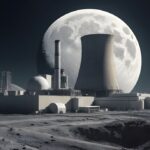






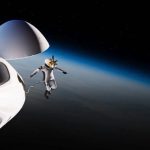
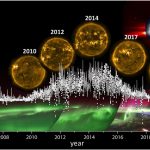
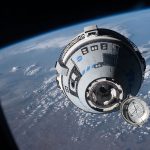
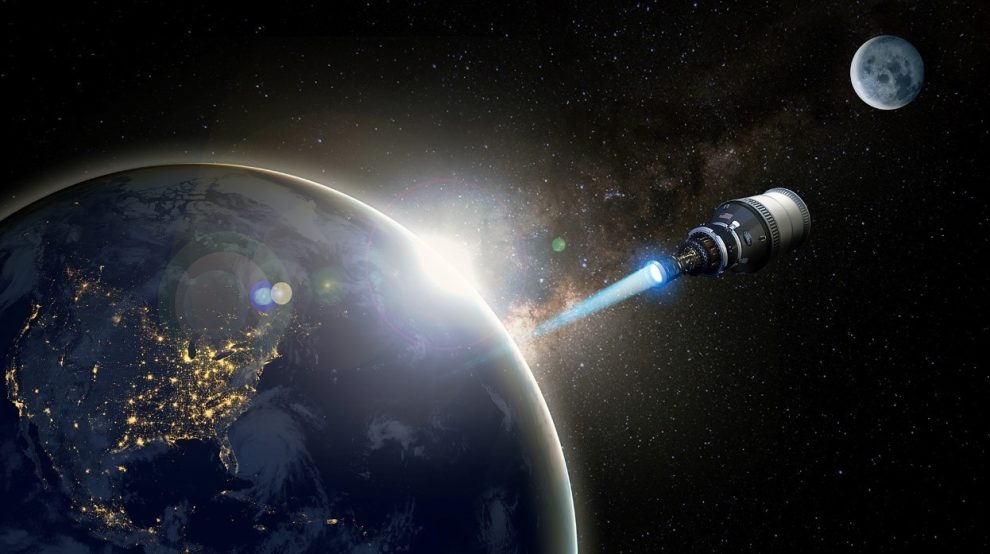
























Add Comment